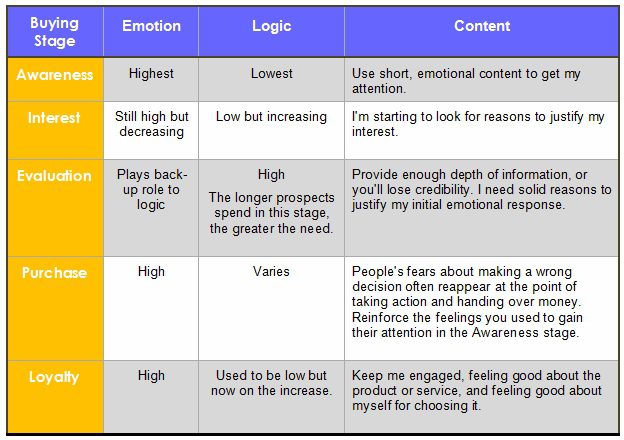A guest post by life coach Elena Stewart
People of any age can make a difference in the world, and one way to start enacting change is by establishing a nonprofit. By creating an organization to fulfill your mission, you can garner support for your cause, obtain resources to help others, and more.
Check out these three steps toward starting a nonprofit, no matter how young (or old) you are.
1. Get Organized
Everything from getting your idea on paper to covering your bases tax-wise is part of organizing your nonprofit.
- Select a business structure to operate your nonprofit under.
- Investigate any tax obligations or requirements.
- Name your nonprofit members or board and set up a decision-making process.
- Make your CPA proud with batch invoicing software, which can help you keep track of important financial and expense information.
2. Find Funding
Sourcing funding for your nonprofit can sound intimidating, but with a combination of formal support and social traction, you can fill your organization’s financial needs.
- Apply for grants and other financial programs based on your mission.
- Start crowdfunding with the support of your social network (and friends of friends).
- Launch a product to earn the income to support your nonprofit’s activities.
- Work with Communicate! Consulting to learn how to approach donors.
3. Plan Your Priorities
Figuring out what your nonprofit will do and who it will help is essential, but what are the exact steps you need to take to be successful? Outline your priorities before you act.
- Focus on a single cause or a handful of closely related ones and craft a mission statement.
- Create measurable goals, preferably ones you can work toward in steps.
- Generate interest in your mission with social media and other outreach.
If helping others is your true mission in life, starting a nonprofit could be just the way to do it. While you’ll need the support of your loved ones and community, you can start making positive changes in the world all on your own.
Elena Stewart made the jump from a corporate job she wasn’t entirely happy with, to running her own business that gives her the financial freedom and flexible lifestyle she’s always wanted. As a life coach, she now gets the happiness of helping others get to the places that might seem out of reach.


